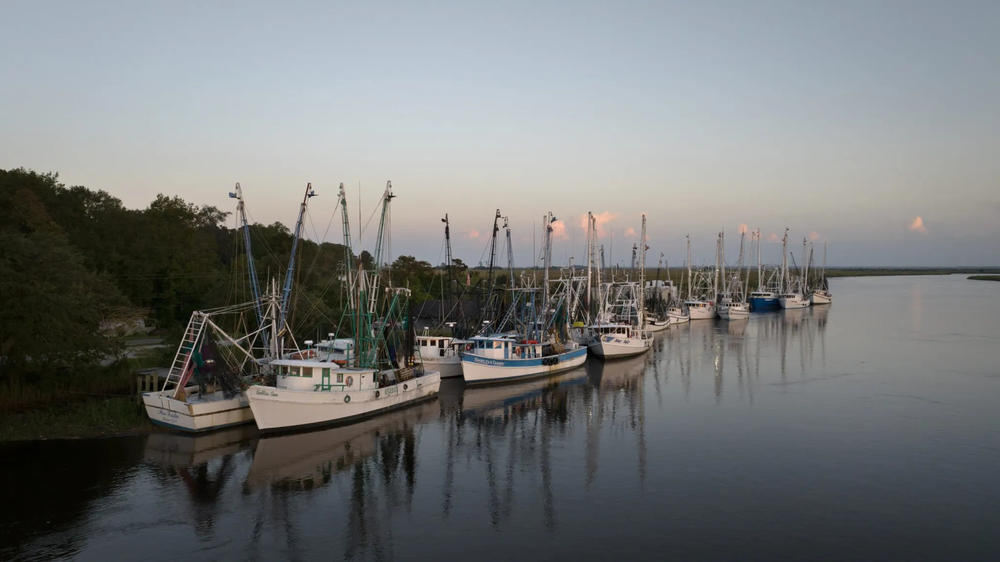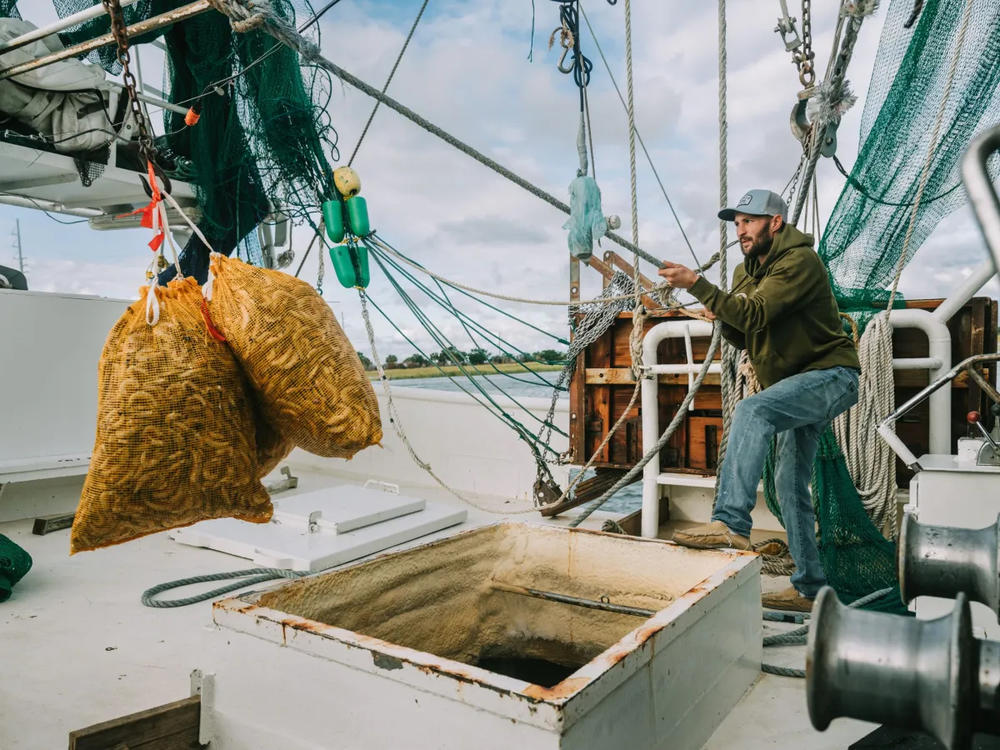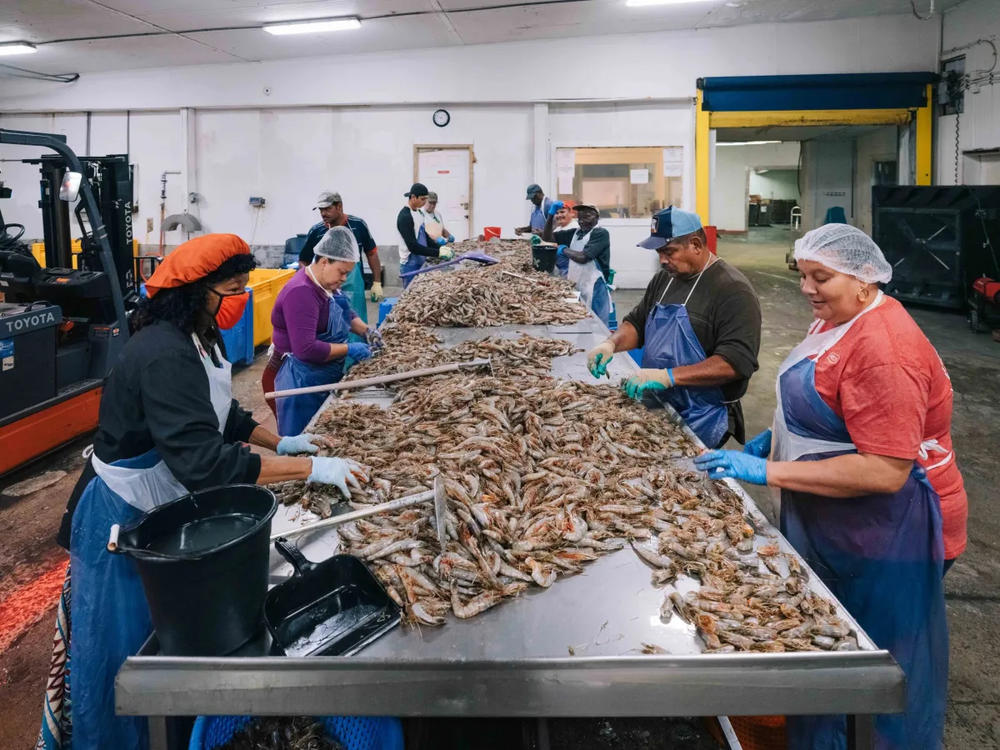
Caption
Only a few vessels remain of the once-robust shrimping boat fleet in Darien. The small shipyards that once dotted the Georgia coast and serviced shrimp boats have almost disappeared, with only two remaining.
Credit: Justin Taylor/The Current GA



